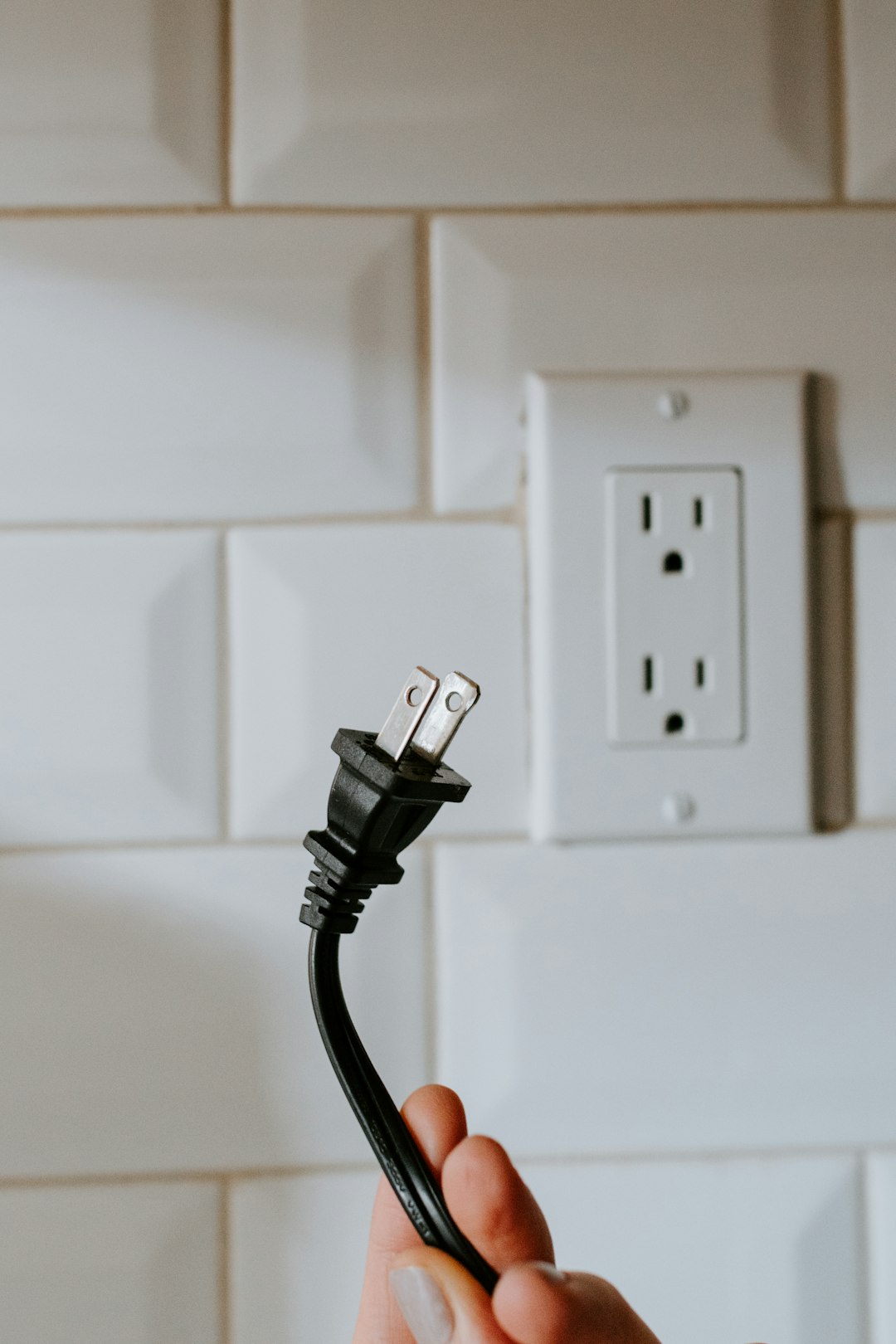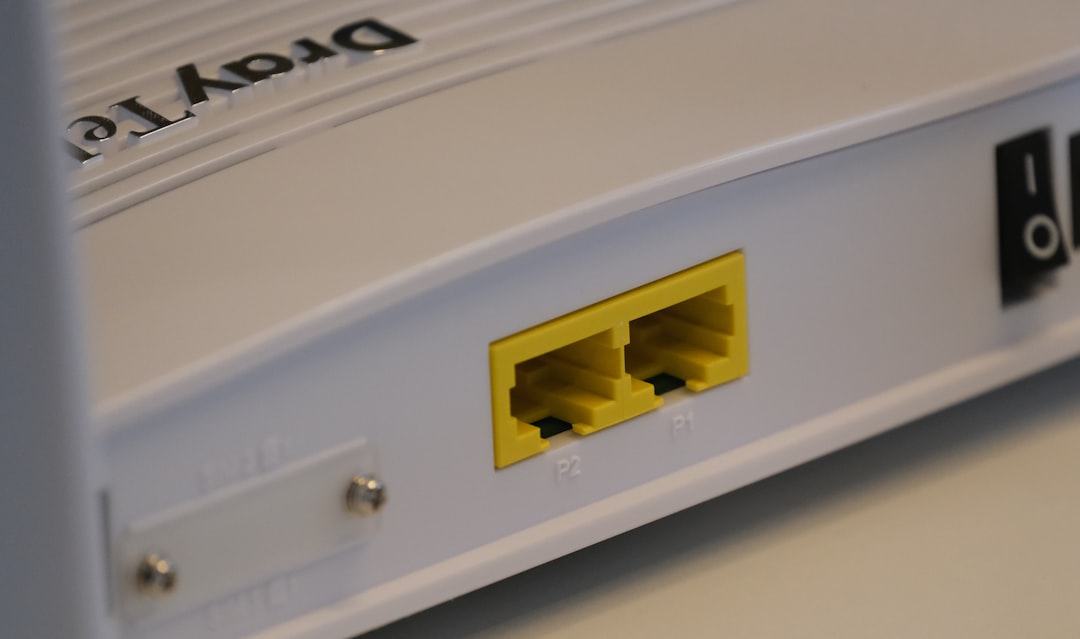The Google Pixel 9 Pro XL is one of the most advanced smartphones on the market, equipped with cutting-edge hardware and software optimizations. It promises a seamless user experience, fast performance, and excellent connectivity. However, despite its high-end nature, many users have reported an issue that can be frustrating — the device not appearing or being recognized when connected to a Windows or macOS computer.
TL;DR
If your Google Pixel 9 Pro XL isn’t showing up on your computer when connected via USB, the issue is often caused by USB settings, faulty cables, outdated drivers, or software conflicts. First, verify your connection mode is set to “File Transfer,” use a high-quality USB cable, and ensure that all required drivers are installed. Restarting both devices or switching ports may also resolve the problem. Follow our step-by-step guide below to troubleshoot and fix the issue efficiently.
1. Check Basic Physical Connections
The most common cause of the problem is also the simplest one: a bad cable or port. Before jumping into complex troubleshooting, let’s check the basics.
- Use an OEM or Certified USB-C Cable: Third-party cables, especially inexpensive ones, might support charging but not data transfer. Use the official Pixel USB-C cable or a high-quality alternative.
- Try a Different USB Port: Some USB ports may provide power but no real data communication. Try USB 3.0 or USB 2.0 ports to see if that makes any difference.
- Inspect the USB Port on Phone and PC: Debris or dust may hinder a proper physical connection. Carefully inspect and clean the port if necessary.

2. Enable File Transfer Mode on Pixel
When your Pixel 9 Pro XL is connected, it might default to “Charging Only” mode. You need to explicitly enable “File Transfer” to allow access to your storage.
- Connect your Pixel 9 Pro XL to your computer using a USB-C cable.
- Swipe down on your phone’s notification shade.
- Tap the notification that shows the USB connection options.
- Select “File Transfer” or “Transferring files”.
If you don’t see a USB notification, unplug the cable and reconnect it, watching closely for popups or changes in status.
3. Update or Reinstall USB Drivers (For Windows Users)
Windows requires the proper drivers to communicate with your Pixel 9 Pro XL. If those drivers are outdated or missing, the device won’t appear in File Explorer or Android File Transfer.
- Press Windows+X and choose Device Manager.
- Under “Portable Devices” or “Other Devices”, look for Pixel 9 Pro XL (or an unknown device).
- Right-click and choose Update driver.
- Select “Search automatically for updated driver software”.
If Windows doesn’t locate the right driver, go to Google’s official USB driver page and download/install it manually. This is especially crucial for users developing or transferring ADB files.
4. Enable Developer Options and USB Debugging
Sometimes, enabling Developer Mode helps resolve stubborn connection issues, especially if you’re performing advanced tasks like Android Debug Bridge (ADB) communications.
- Go to Settings > About phone.
- Tap Build number seven times until you see “You are now a developer”.
- Return to Settings > System > Developer options.
- Toggle on USB debugging.
This doesn’t directly impact file transfer but has been reported by many users to make the device more reliably detected.
5. Use Google’s Official Android File Transfer (macOS Users)
If you’re on a Mac, connecting your Pixel 9 Pro XL requires additional software since macOS does not support MTP (Media Transfer Protocol) natively.
- Download Android File Transfer.
- Install and run the application before or after connecting your Pixel.
If Android File Transfer still doesn’t detect the device, uninstall and reinstall the app, or restart your Mac to refresh any connection issues.

6. Restart Both Devices
When in doubt, reboot. Restarting both your Pixel 9 Pro XL and your computer can flush temporary bugs or hung processes, especially those related to system services and drivers.
- Unplug your phone.
- Restart the phone and your PC/Mac.
- Reconnect once both devices are fully booted.
This simple method often helps trigger a fresh handshake between your devices.
7. Use an Alternative Connection Method
If USB continues to be problematic, try transferring files wirelessly or via cloud platforms:
- Nearby Share: Google’s native sharing tool, works between Android and Windows for peer-to-peer transfers.
- Google Drive or OneDrive: Upload files from your phone and download them on your computer.
- Third-party apps: Apps like AirDroid, Pushbullet, or Send Anywhere enable file transfers over WiFi.
While not ideal for large batches of files, these options are useful workarounds in the short term.
8. Test on Another Computer
A hardware or software issue on your PC might be the root cause. To rule this out:
- Connect your Pixel 9 Pro XL to another trusted PC or Mac.
- If it works, the issue is with the original computer’s drivers, settings, or port functionality.
- If it still doesn’t show up, the fault may lie within the Pixel’s USB port or internal settings.
This eliminates unnecessary guessing and helps correctly isolate the issue.
9. Scan for Malware or Conflicting Software
Security software or background utilities sometimes block or interfere with new hardware connections. Temporarily disable USB protection features in antivirus programs or uninstall conflicting tools like device managers and phone sync apps.
- Run a system scan for threats.
- Turn off real-time protection and retry the connection.
- Reset USB controller settings from within your motherboard BIOS if needed.
Although rare, interferences of this nature can prevent proper detection and access to the Pixel 9 Pro XL.
Final Thoughts: Resolve Connectivity Issues the Smart Way
Modern smartphones, including the Google Pixel 9 Pro XL, rely on complex protocols and drivers to communicate with computers. Most connection issues stem from something as manageable as cable compatibility or a missed prompt on your display.
By following the methods outlined in this guide — from basic hardware checks to driver installations — you stand a strong chance of restoring functionality without a trip to the service center.
If all else fails, contact Google Support or your local service provider to verify if your device’s USB port might be physically faulty.
Still Having Trouble?
Don’t hesitate to document the steps you’ve taken and reach out on forums like the Google Pixel Help Center or Reddit’s r/GooglePixel. The broader user community often provides workarounds for emerging issues not yet officially acknowledged.
Maintaining current software versions, using proper cables, and understanding your phone’s USB behavior will ultimately create a much smoother user experience.
Hopefully, your phone is now recognized and ready to transfer files seamlessly. If not, you’re now equipped with the knowledge to identify the next best steps. Happy troubleshooting!
